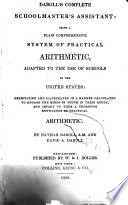 | Nathan Daboll - 1839 - 220 pages
...lowest terms. Ans. f. PROBLEM II. To change a Whole or Mixed Number to an Improper Fraction. RULE. Multiply the whole number by the denominator of the fraction and to the product add the numerator ; this sum written over the denominator will form the fraction required. , EXAMPLES. 1. In 27f dollars... | |
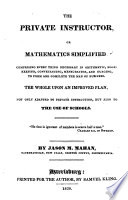 | Jason M. Mahan - Arithmetic - 1839 - 312 pages
...terms. " 7. Reduce f ^» to its lowest terms. " 8. Reduce jy-j'V to its lowest terms. " RULE. M'.iltiply the whole number by the denominator of the fraction, and to the product add the numerator of the fraction, tt:ider which write the denominator. Examples. 1. Reluca 41 77 to its equivalent improper... | |
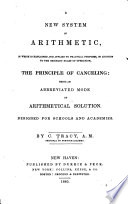 | Calvin Tracy - Arithmetic - 1840 - 316 pages
...it by the proposed denominator ; the product will be the numerator : but if it be a mixed quantity, multiply the whole number by the denominator of the fraction, and to the product add the given numerator ; then under the number thus- produced, write the denominator. 2. Reduce 8J to an improper... | |
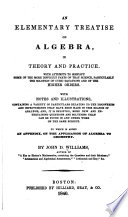 | John D. Williams - Algebra - 1840 - 634 pages
...CASE I. To reduce a mixed quantity to an improper fraction. RULE. Multiply the integer, or whole part, by the denominator of the fraction, and to the product add the numerator ; then under their sum place the original denominator. 1. Reduce a-\ -- and a — reach to improper... | |
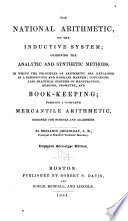 | Benjamin Greenleaf - Arithmetic - 1841 - 334 pages
...fifths ; to which, if we add 3 fifths, the amount will be 88 fifths. Hence we deduce the following RULE. Multiply the whole number by the denominator of the fraction, and to the product add the numerator, and place their sum over the denominator of the fraction. 8. Reduce 16ti to an improper fraction. Ans.... | |
 | William Ruger - Arithmetic - 1841 - 268 pages
...— To reduce a mixed number to its equivalent imp-rapcr fraction. RULE. — Multiply the integer, or -whole number, by the denominator of the fraction, and to the product add the numerator ; then set that sum. above the denominator for the fraction required. EXAMPLES; 1. Reduce 15 1 to an... | |
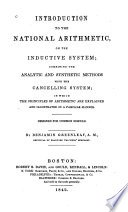 | Benjamin Greenleaf - Arithmetic - 1842 - 184 pages
...the dividend be a whole number, and the divisor be a fraction, the more expeditious way will be to multiply the whole number by the denominator of the fraction, and to divide the product by the numerator, as in the following question. 16. How many times will 13 contain... | |
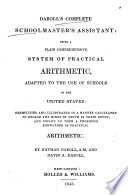 | Nathan Daboll - Arithmetic - 1843 - 254 pages
...f|-§f to its lowest terms. Ans. PROBLEM II. To change a Whole or Mixed Number to an Improper Fraction. Multiply the whole number by the denominator of the fraction and to the product add the numerator ; this sum •written over the denominator will form the fraction required. EXAMPLES. 1. In 27- dollars... | |
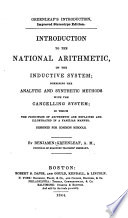 | Benjamin Greenleaf - Arithmetic - 1844 - 208 pages
...-jT3 thus, ^. And this fraction, by definition —5 2d, on page 76, is an improper fraction. RULE. Multiply the whole number by the denominator of the fraction, and to the product add the numerator, and pla'ce their sum over the denominator of the fraction. 7. Redoce 8-jSj- to an improper fraction.... | |
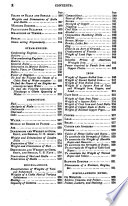 | Charles Haynes Haswell - Engineering - 1844 - 298 pages
...improper fractions are the same; thus, 5J= U1. for illustration, see following examples : RULE.— Multiply the whole number by the denominator of the fraction, and to the product add the numerator; then set that sum above the denominator. EXAMPLE.— Reduce 23| to a fraction. 33x6+2 = 140 6 6 EXAMPLE.—... | |
| |